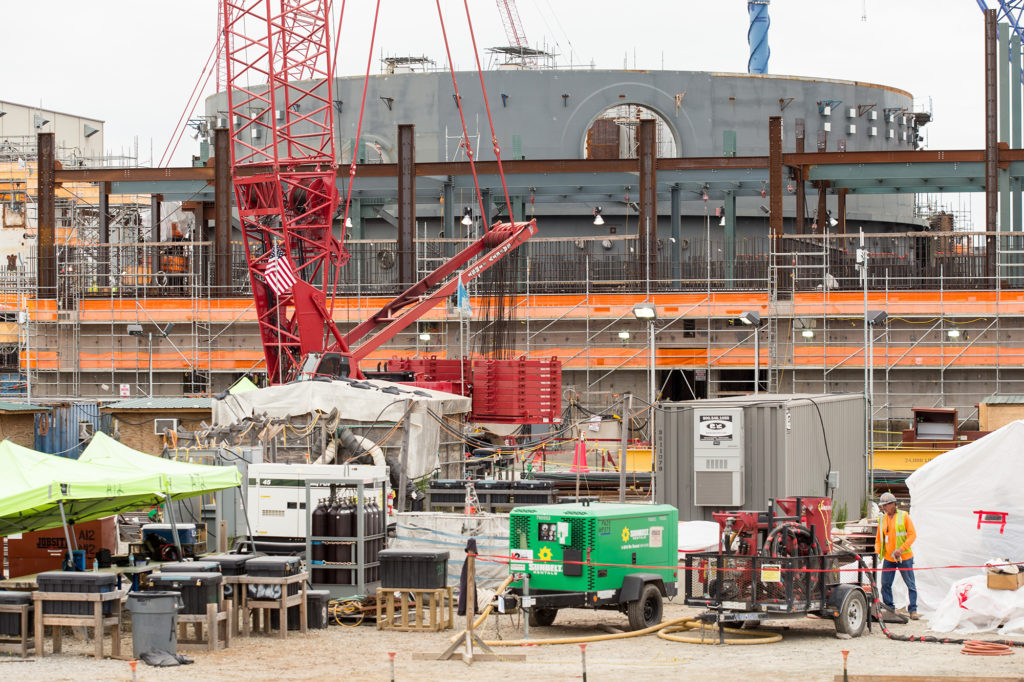
South Carolina electric cooperatives, which already have invested $3 billion in the project, are backing power supplier Santee Cooper’s decision to halt construction of two reactors at the V.C. Summer Nuclear Station.
“It’s the right decision at the right time,” Michael N. Couick, president and CEO of The Electric Cooperatives of South Carolina, said July 31 after Santee Cooper announced its decision to pull out of the project. The co-ops are Santee Cooper’s largest customer. South Carolina Electric & Gas later the same day announced it would terminate construction of the reactors.
Santee Cooper’s analysis showed that after Westinghouse’s bankruptcy and anticipated rejection of the fixed-price contract, the best case scenario showed the project would be several years late and cost 75 percent more than originally planned.
Couick said that the decision in 2008 to build the 1,117-megawatt reactors in Fairfield County, South Carolina, was well-grounded. “It’s the right decision at the right time,” Couick said. “But it was also the right decision to start construction of the nuclear generators in the 2007-2008 time period, contrary to many critics with convenient 20/20 hindsight.”
The energy landscape has changed significantly since 2008. At that time, Santee Cooper’s system was experiencing rapid growth and all forecasts indicated the state would continue to grow quickly. Natural gas prices, three times higher than they are today, were forecasted to stay high. Congress was considering legislation that would limit greenhouse gases emitted by coal and natural gas power plants.
Potential federal regulation of carbon dioxide emissions, including financial penalties, “could have cost us a billion dollars a year but for the credit we would have gained by having this non-emitting power source under construction in Fairfield County,” Couick said.
Santee Cooper, the state-owned South Carolina utility, said it has spent about $4.7 billion in construction and interest to date for its 45-percent share of the Summer reactors.
If construction had proceeded, Santee Cooper customers would have paid a total of $11.4 billion for the reactors because they would not be delivered until 2024—four years past the last date provided by Westinghouse. Santee Cooper also has a one-third ownership of V.C. Summer 1, which came online in 1983.
Central Electric Power Cooperative, the wholesale power provider for the 20 co-ops, bears more than 70 percent of Santee Cooper’s capital costs.
When reactor designer and builder Westinghouse filed for bankruptcy in March, Santee Cooper, partnering with SCE&G, expected to spend up to $250 million over 90 days to support construction of the Summer reactors.
Santee Cooper said Westinghouse’s parent, Toshiba Corp., has contractually agreed to pay Santee Cooper $976 million in settlement beginning later this year and continuing through 2022.
Cathy Cash is a staff writer at NRECA.